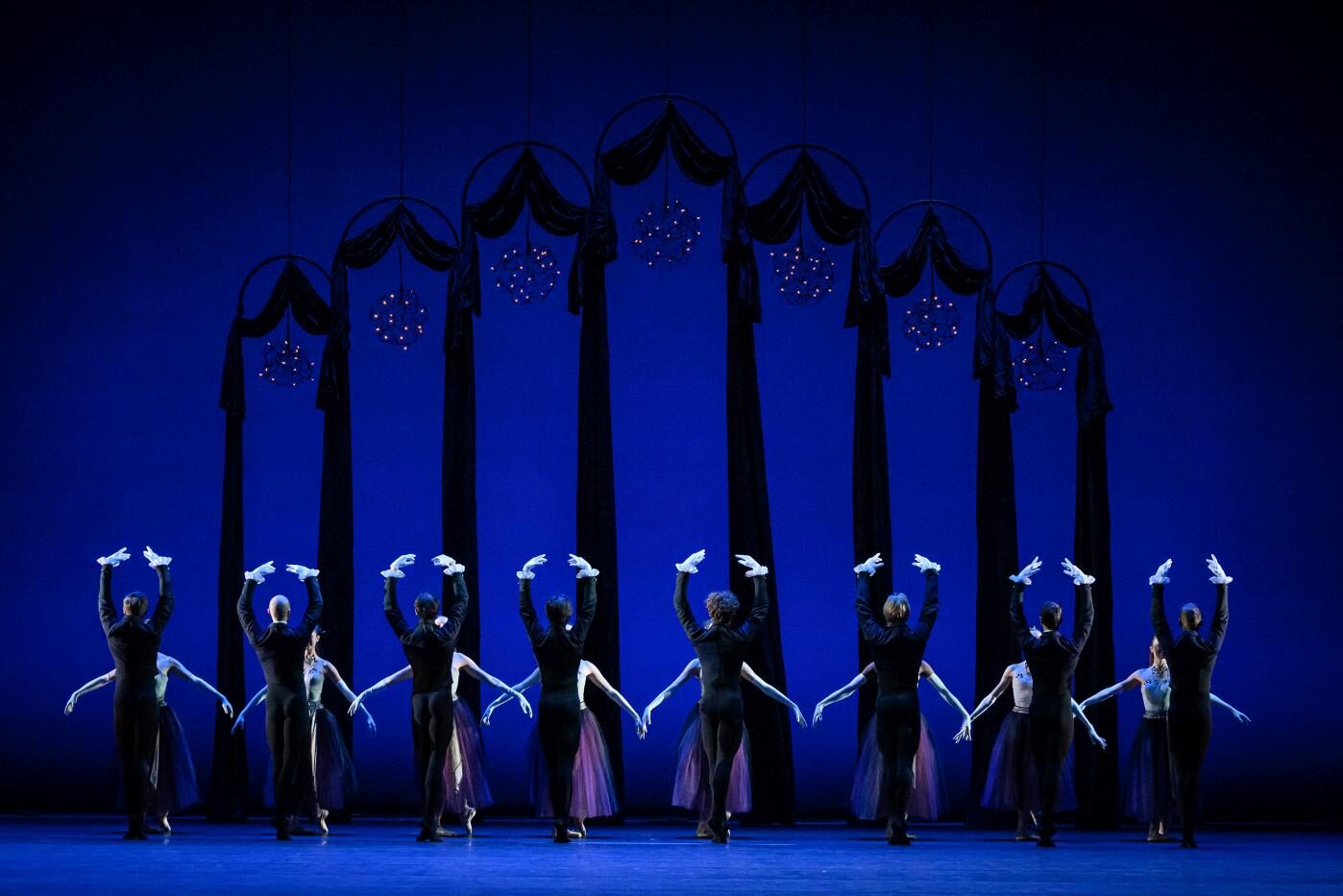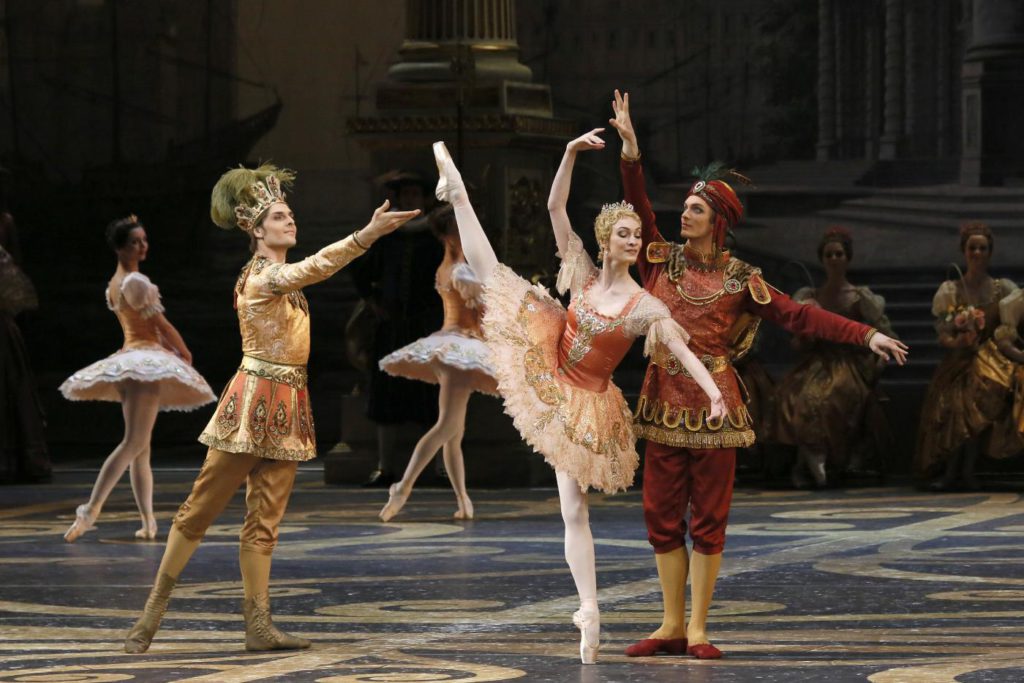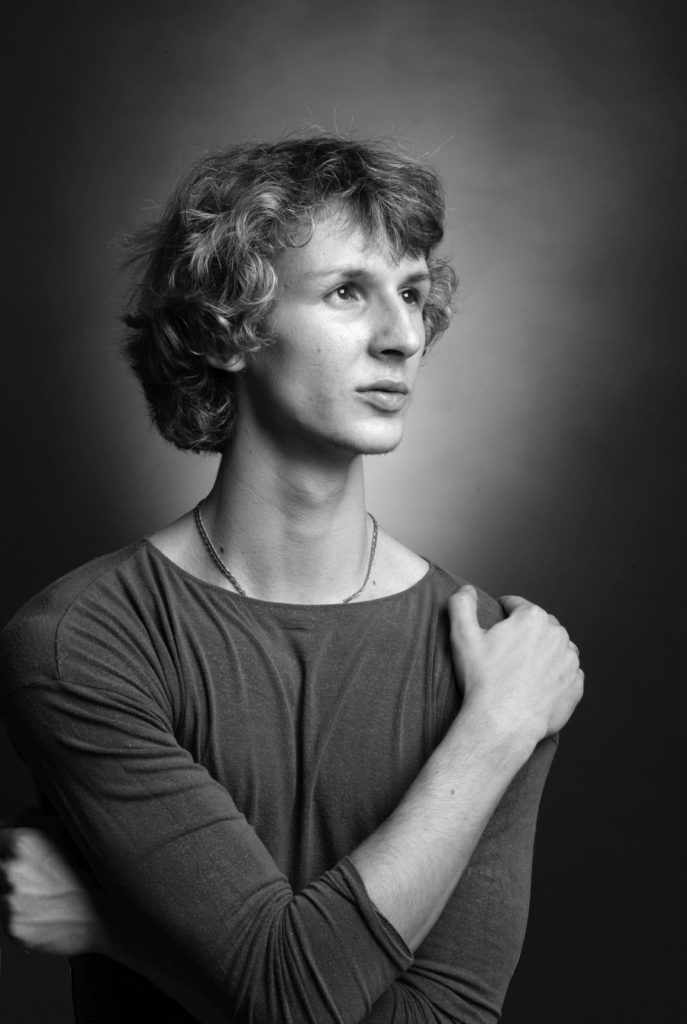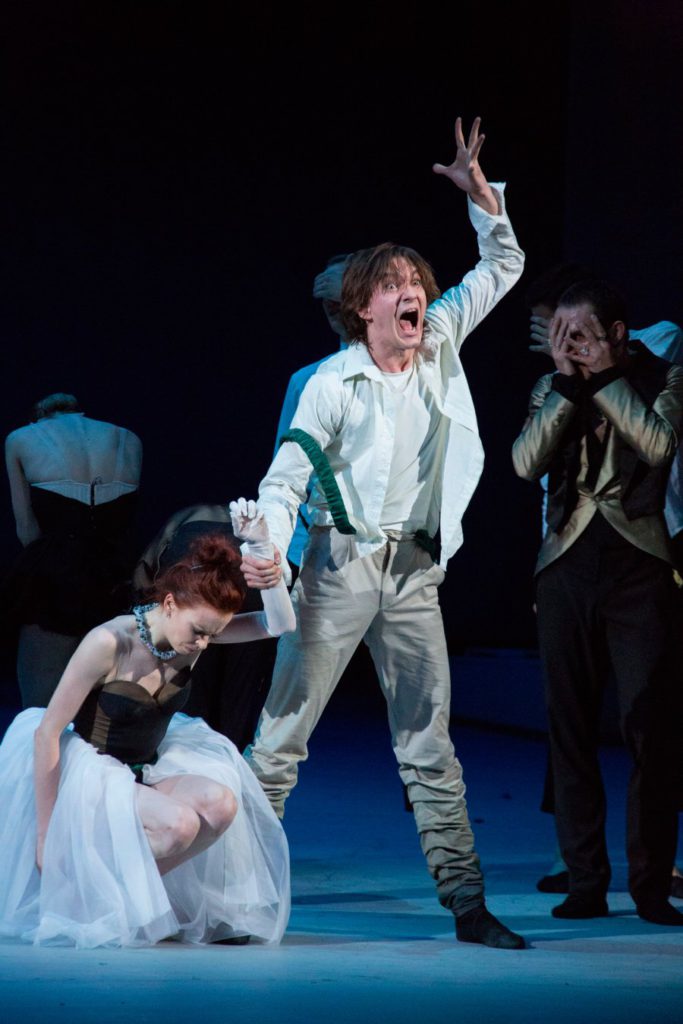Simon Morrison:
“Bolshoi Confidential”
512 pages, b/w illustrations
W.W. Norton & Company, October 2016
ISBN 978-0-87140-296-7
November 2016
by Ilona Landgraf
Copyright © 2016 by Ilona Landgraf
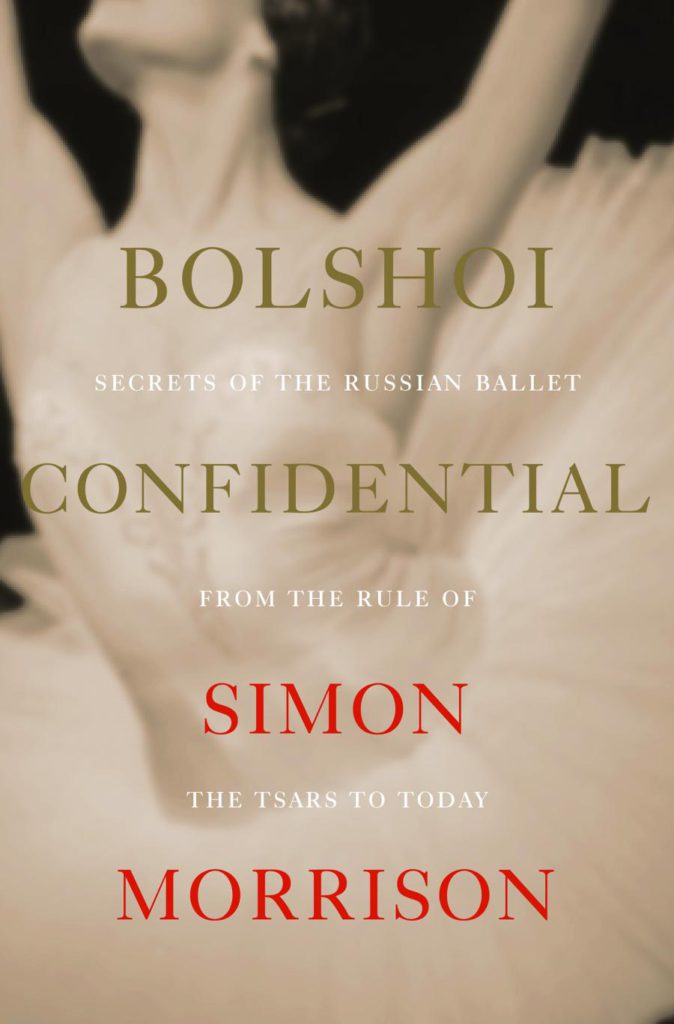 Prompted by the abominable acid attack on Sergei Filin in early 2013, Nick Read and Mark Franchetti put the spotlight on what was going on behind the scenes of the Bolshoi Ballet. Their film “Bolshoi Babylon” was followed by a substantial book this October: “Bolshoi Confidential”, penned by Simon Morrison, professor of music at Princeton University focusing mainly on Russian and Soviet music. Morrison is an assiduous writer and the author of a number of books, two of them about Sergey Prokofiev. As it was for Read and Franchetti, the assault on Filin is also Morrison’s springboard. Yet he considerably widens the perspective on his subject.
Prompted by the abominable acid attack on Sergei Filin in early 2013, Nick Read and Mark Franchetti put the spotlight on what was going on behind the scenes of the Bolshoi Ballet. Their film “Bolshoi Babylon” was followed by a substantial book this October: “Bolshoi Confidential”, penned by Simon Morrison, professor of music at Princeton University focusing mainly on Russian and Soviet music. Morrison is an assiduous writer and the author of a number of books, two of them about Sergey Prokofiev. As it was for Read and Franchetti, the assault on Filin is also Morrison’s springboard. Yet he considerably widens the perspective on his subject.
The history of the Bolshoi, initially called Petrovsky Theatre, began in 1776, when Catherine the Great granted the Russian Prince Urusov exclusive rights for theatrical presentations. Urusov teamed up with the Englishman Michael Maddox, “either a mathematician or tightrope walker during his youth”, but financial straits forced him to surrender the reins to Maddox. Morrison takes us from there through almost 250 years of meandering, tumultuous evolution.
A stupendous amount of details and anecdotes illustrates how the Bolshoi overcame Napoleon’s invasion, then artistically prospered under imperial reign before being massively restricted in its artistic vitality by the Russian Bolsheviks. Three times destroyed by fire, the theater building has always been reconstructed on nearly the same place. It became bigger, more imposing and, though slowly, was equipped with the technical innovations of the time. Since 1825 it was commonly called the Bolshoi – meaning “Grand” – Theatre. (more…)
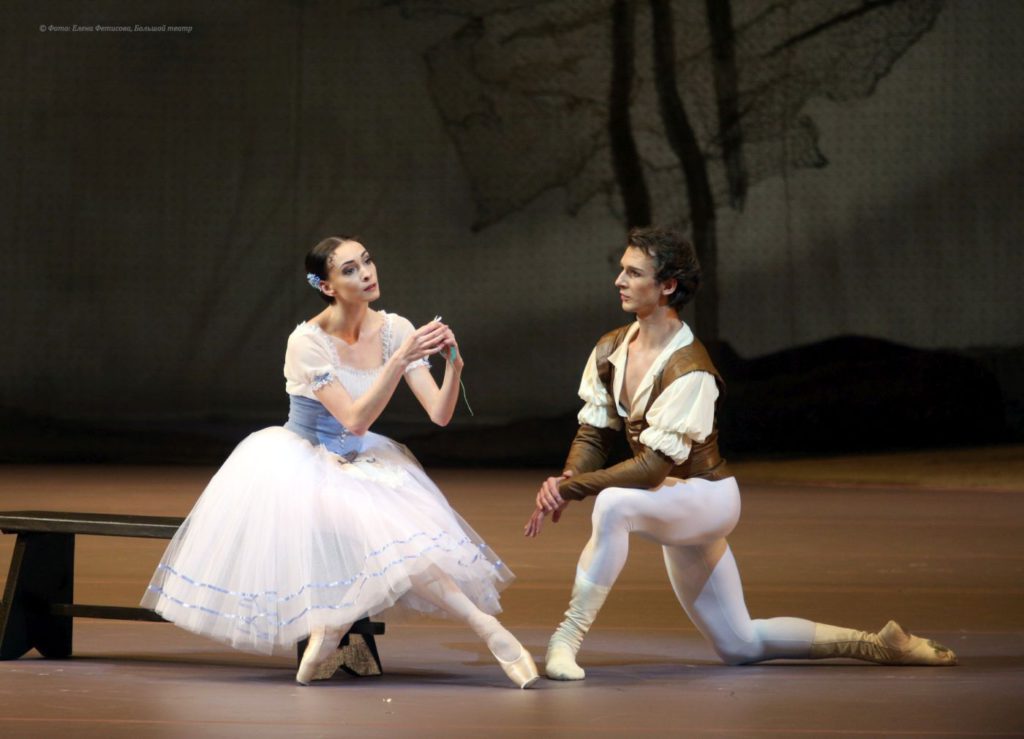 “Giselle” is in the core repertory of almost every ballet company, whether in a modern interpretation or a traditional one. The Bolshoi even holds two traditional versions, one by Yuri Grigorovich, the other by Vladimir Vasiliev. Vasiliev’s 1997 “Giselle” follows the earlier versions of Leonid Lavrovsky and Alexander Gorsky. Earlier in 1987 Grigorovich had instead traced the choreographic lineage directly via Marius Petipa to Jules Perrot and Jean Coralli’s 1841 original. In honor of the 90th anniversary of Grigorovich’s birth, the Bolshoi presented three performances of his “Giselle” as part of the Grigorovich ballet festival, of which I saw two matinées with different casts. (more…)
“Giselle” is in the core repertory of almost every ballet company, whether in a modern interpretation or a traditional one. The Bolshoi even holds two traditional versions, one by Yuri Grigorovich, the other by Vladimir Vasiliev. Vasiliev’s 1997 “Giselle” follows the earlier versions of Leonid Lavrovsky and Alexander Gorsky. Earlier in 1987 Grigorovich had instead traced the choreographic lineage directly via Marius Petipa to Jules Perrot and Jean Coralli’s 1841 original. In honor of the 90th anniversary of Grigorovich’s birth, the Bolshoi presented three performances of his “Giselle” as part of the Grigorovich ballet festival, of which I saw two matinées with different casts. (more…)